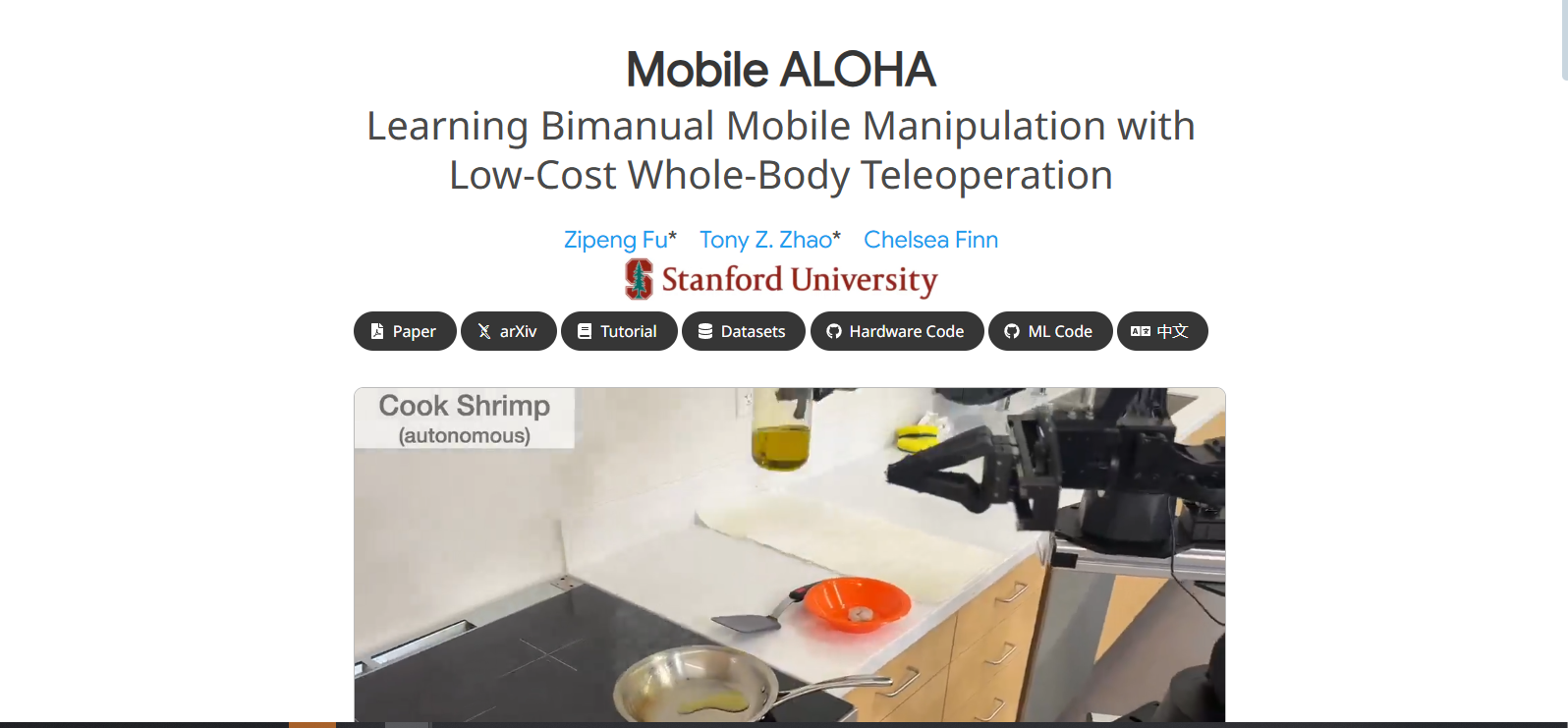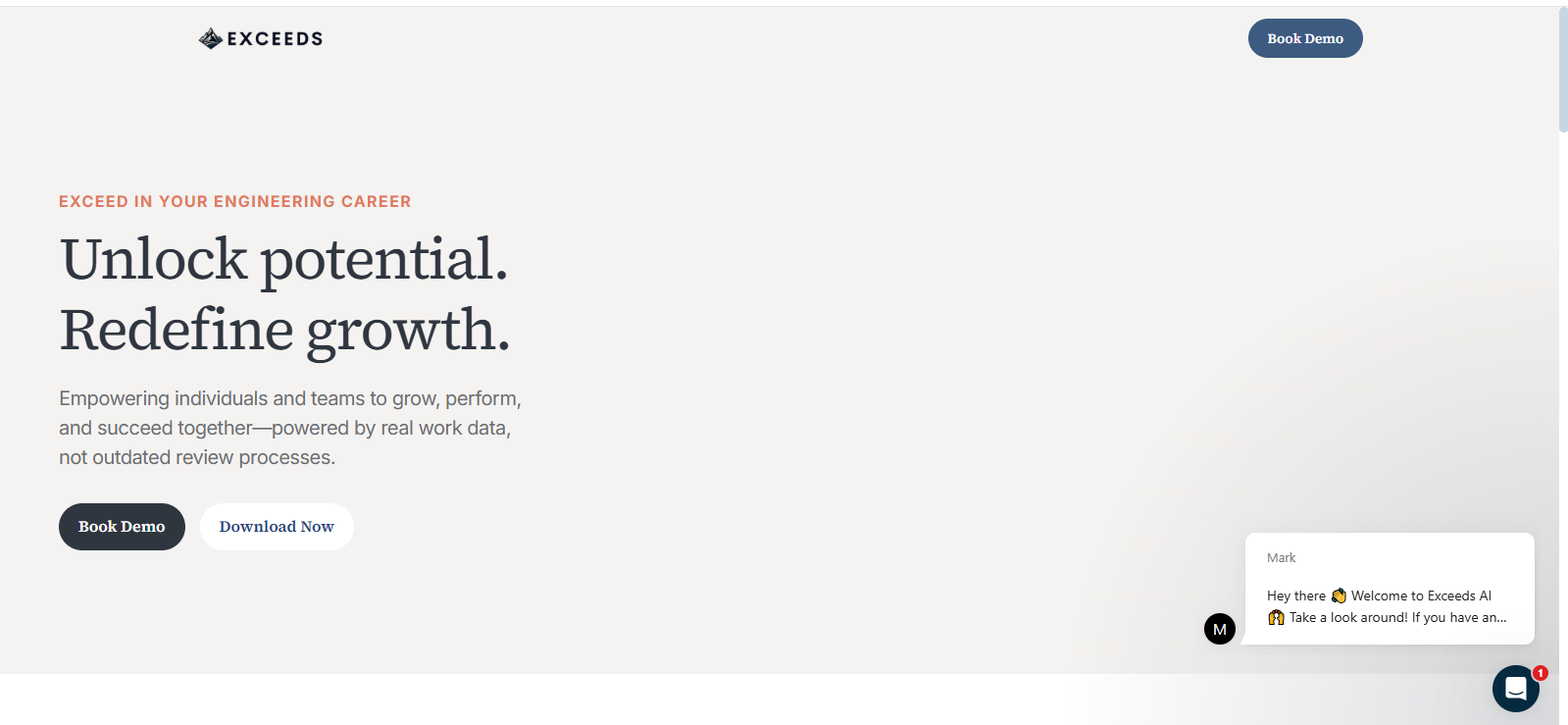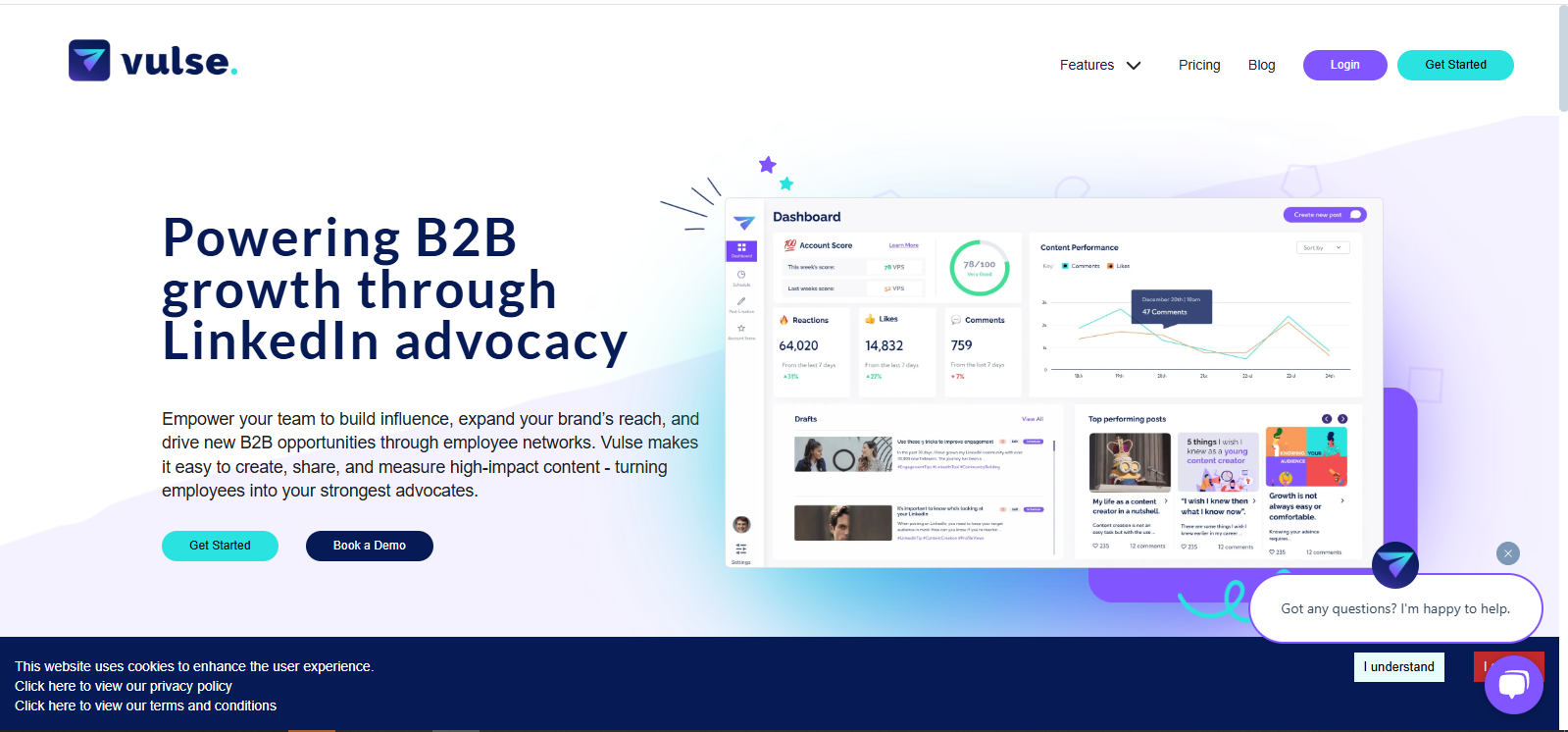Overall Value
Mobile ALOHA transforms imitation learning into real-world robot capability. Instead of limiting AI training to static environments, it brings in motion, bimanual dexterity, and full-body control. Researchers can teach the robot to open cabinets, cook meals, or even enter elevators, with just a few demonstrations. It’s cost-effective, data-efficient, and surprisingly robust in the wild.
Features
- Train robots using dual arms and mobile wheels for real-world dynamic tasks.
- Capture detailed motion data through full-body remote teleoperation.
- Designed for labs with a cost-effective setup—no pricey motion systems needed.
- Boost accuracy by combining new and previous ALOHA training data.
- Achieve high success rates with as few as 50 task demonstrations.
- Handles everyday tasks from cooking to navigating rooms and storage.
Use Cases
- Train robots to cook, rinse, and serve with precision in real-world kitchens.
- Automate storage and retrieval tasks in cabinets, drawers, and shelves.
- Enable robots to navigate buildings and operate elevators autonomously.
- Build affordable mobile manipulation systems for research and prototyping.
- Develop early-stage personal assistant robots for eldercare and service roles.
Technical Specifications
- Supports Mobile Bimanual Learning Trains manipulation across locomotion and coordinated dual-arm control.
- Teleoperation Interface Whole-body motion capture via wearable controllers.
- Compact Hardware Footprint Combines mobility, sensing, and manipulation in one system.
- Data-Efficient Imitation Achieves high performance with minimal training examples.
- Open Datasets & Research-Oriented Framework Co-train with previous ALOHA static datasets to boost generalization.
 Build hands-on robots that can move, grab, and act—just like you trained them to.
Build hands-on robots that can move, grab, and act—just like you trained them to.
FAQs
Mobile ALOHA is research-focused and best suited for labs, academic teams, or startups exploring bimanual and mobile robotic learning.
Yes! The project is designed for affordability and reproducibility, making it accessible for most university and research environments.
Amazingly, as few as 50 demonstrations per task can lead to success rates close to 90%, especially when combined with prior datasets.
From sautéing shrimp and rinsing pans to entering elevators and organizing kitchenware, Mobile ALOHA can handle multi-step, real-world challenges.
No. The system is engineered for lower-cost deployment while maintaining real-world task fidelity, making it practical for a wide range of budgets.
Conclusion
Mobile ALOHA pushes robotics from lab-bound tasks to fluid, real-world action. With mobility, dexterity, and human-like training built-in, it’s the perfect platform for researchers wanting to teach robots more than just how to pick and place. Whether it’s cooking shrimp or tidying up, Mobile ALOHA is your next leap in robot learning—one human demo at a time.
Top Alternatives
A mobile manipulator designed for everyday environments and human-centric tasks.









